Best seaweed substitutes. Seaweed is a versatile ingredient that can be used in many different types of cuisine, from Japanese to Korean to European. You can add it to stews, use as a garnish, put it in a salad, use it as a seasoning, or even make seaweed chips.
Remember that different types of seaweed have different flavors and textures. It is therefore worth experimenting with different varieties to find the ones that work best for you.
Overall, seaweed is a highly nutritious food that can provide a range of health benefits when included as part of a balanced diet. However, it’s important to note that some types of seaweed can be high in sodium. It is therefore important to consume them in moderation and be mindful of your overall sodium intake.
Okay, before we look at the best seaweed substitute options, let’s deal with that empty cupboard situation!
Where can I buy Seaweed?
If you want to be more prepared and ensure you don’t run out of seaweed again then you should stock up now.
Nowadays most health stores, delicatessens, and specialist supermarkets stock a variety of seaweed. Or if you prefer you can also purchase seaweed on-line.
So why not jump on and place your order today.
STOCK UP NOW!
Roasted Seaweed Sheets – Gold Grade
Chois’1 roasted seaweed
50 sheets – Gold Grade
Resealable pack.
Great store cupboard item.
What can I substitute for seaweed?
Here are some of the best ways to substitute the flavor and role that seaweed provides in your recipes.
Use any of the following as a substitute:
- rice sheets
- soy sheets
- sesame seeds
- lettuce
- smoked salmon
- dried cured ham
Seaweed substitutes
Rice sheets
Rice sheets, also known as rice paper or spring roll wrappers, can be used as a substitute for seaweed in sushi rolls or other dishes. They are a popular ingredient in Vietnamese, Thai, and other Southeast Asian cuisines.
Rice sheets are made from rice flour and water and are thin, translucent, and slightly sticky. They provide a neutral, mild flavor and a soft texture. This makes them a versatile ingredient that can be used in a variety of dishes.
To use rice sheets as a substitute for seaweed in sushi rolls, you can moisten the rice sheet with a damp cloth or water, place the filling in the center of the sheet, and roll it up tightly, similar to how you would roll a traditional sushi roll with seaweed. Rice sheets can also be used to make fresh spring rolls or summer rolls. Typically these are filled with a variety of vegetables, meats, and/or seafood.
One thing to keep in mind when using rice sheets as a substitute for seaweed is that they are more delicate and can tear more easily, so it’s important to handle them carefully. Additionally, rice sheets do not have the same umami flavor as seaweed, so you may want to add additional seasonings or dipping sauces to enhance the overall flavor of the dish.
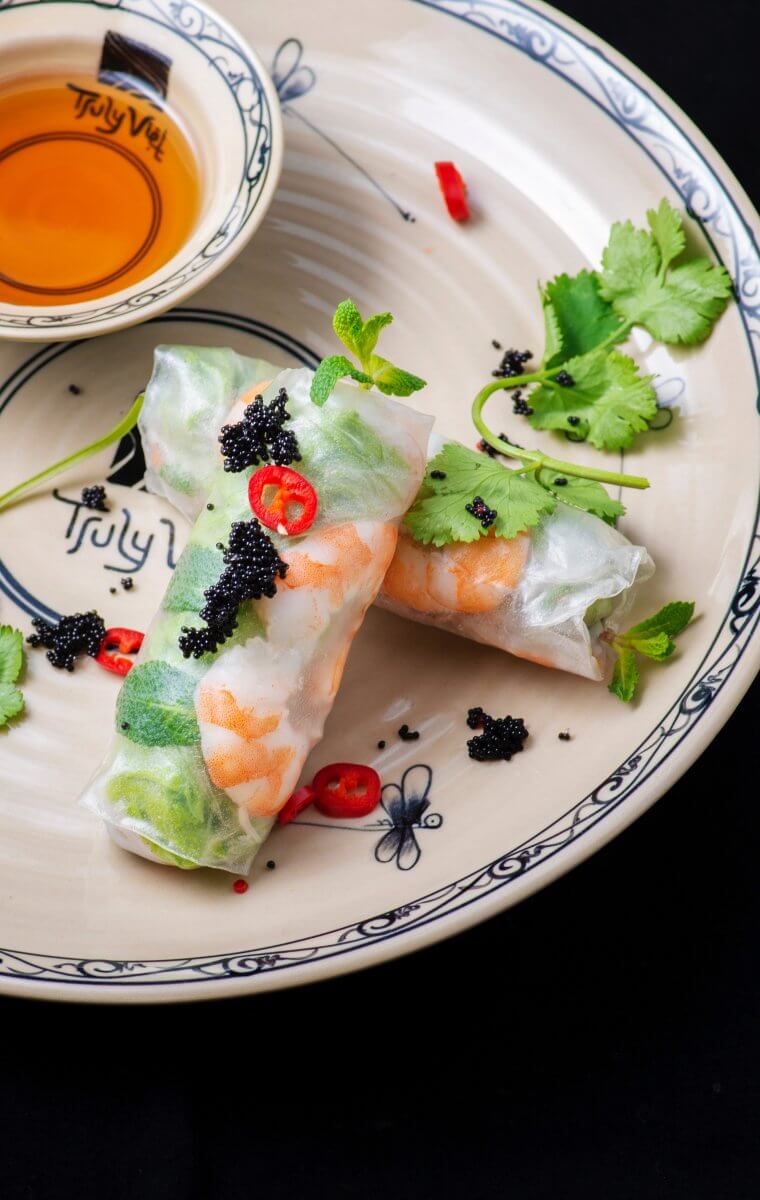
Soy sheets
Soy sheets are a type of edible film made from soy protein isolate, water, and sometimes other ingredients like starches or vegetable oils. They are a plant-based alternative to rice sheets. They are often used in the same way to wrap sushi rolls and other dishes. Even though their flavor profile is different to seaweed you will still end up with a tasty dish.
Soy sheets are translucent, thin, and pliable, similar to rice sheets, and have a mild soybean flavor. They are often used as a gluten-free and vegan option for sushi rolls, where traditional sushi wraps made from seaweed are not suitable.
To make soy sheets, soy protein isolate is mixed with water and other ingredients to form a batter. The batter is then poured onto a heated flat surface and cooked to form a thin film. The resulting sheet is then cut to size and used to wrap sushi, sandwiches, or other foods.
Soy sheets are a good source of plant-based protein and are low in carbohydrates and fat. They are also versatile and can be flavored or colored to suit a variety of dishes.
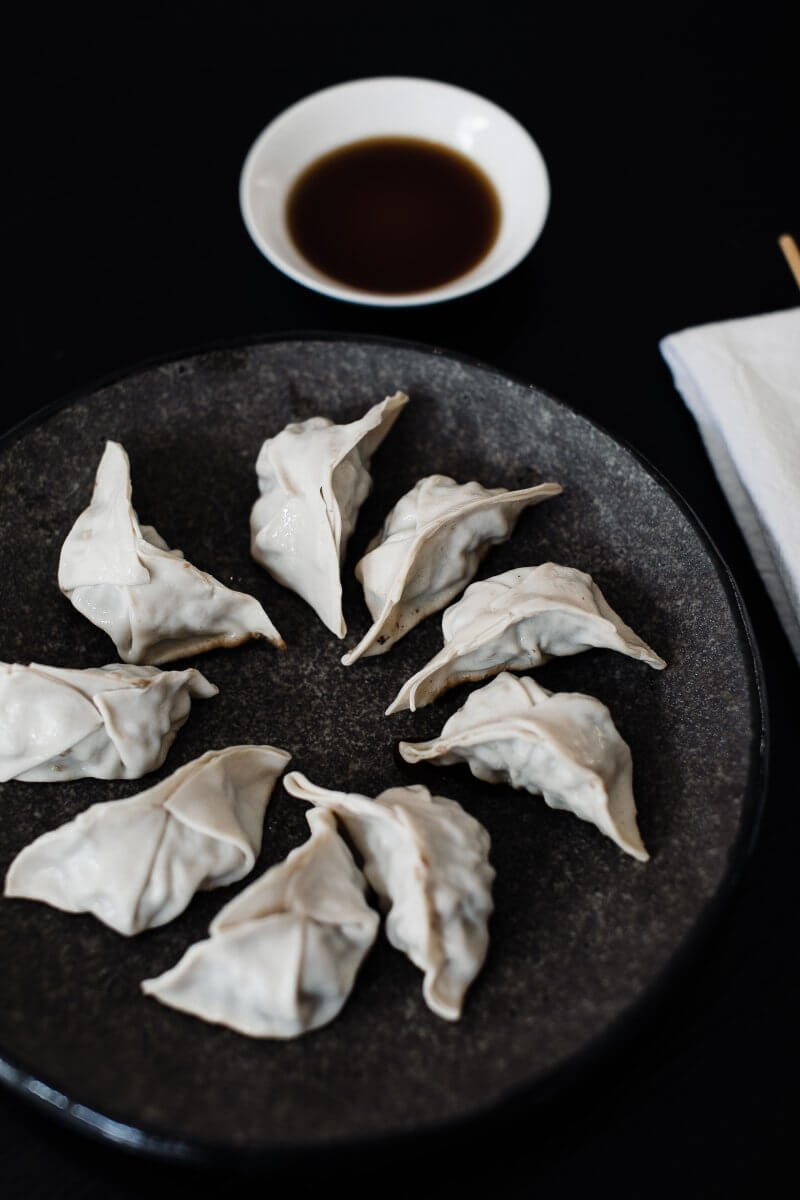
Sesame seeds
Sesame seeds can be used as an alternative to seaweed in some sushi rolls and other dishes. While the flavors and textures of sesame seeds and seaweed are quite different, both ingredients can provide a nutty, savory flavor and a crunchy texture to dishes.
To use sesame seeds as a substitute for seaweed in sushi, you can sprinkle them over the top of the rice before adding the fillings and rolling the sushi. The sesame seeds can also be mixed with a small amount of soy sauce or other seasonings to enhance their flavor and help them adhere to the rice.
In addition to sushi, sesame seeds can be used to add flavor and texture to salads, stir-fries, and other dishes. They can be toasted or left raw. They can also be ground into a paste to make tahini. Tahini is a key ingredient in hummus and other Middle Eastern dishes.
However, it’s important to note that sesame seeds are not a good alternative for people who are allergic to them or who have a sesame allergy. In these cases, other alternatives to seaweed, such as soy sheets or lettuce leaves, may be a better option.
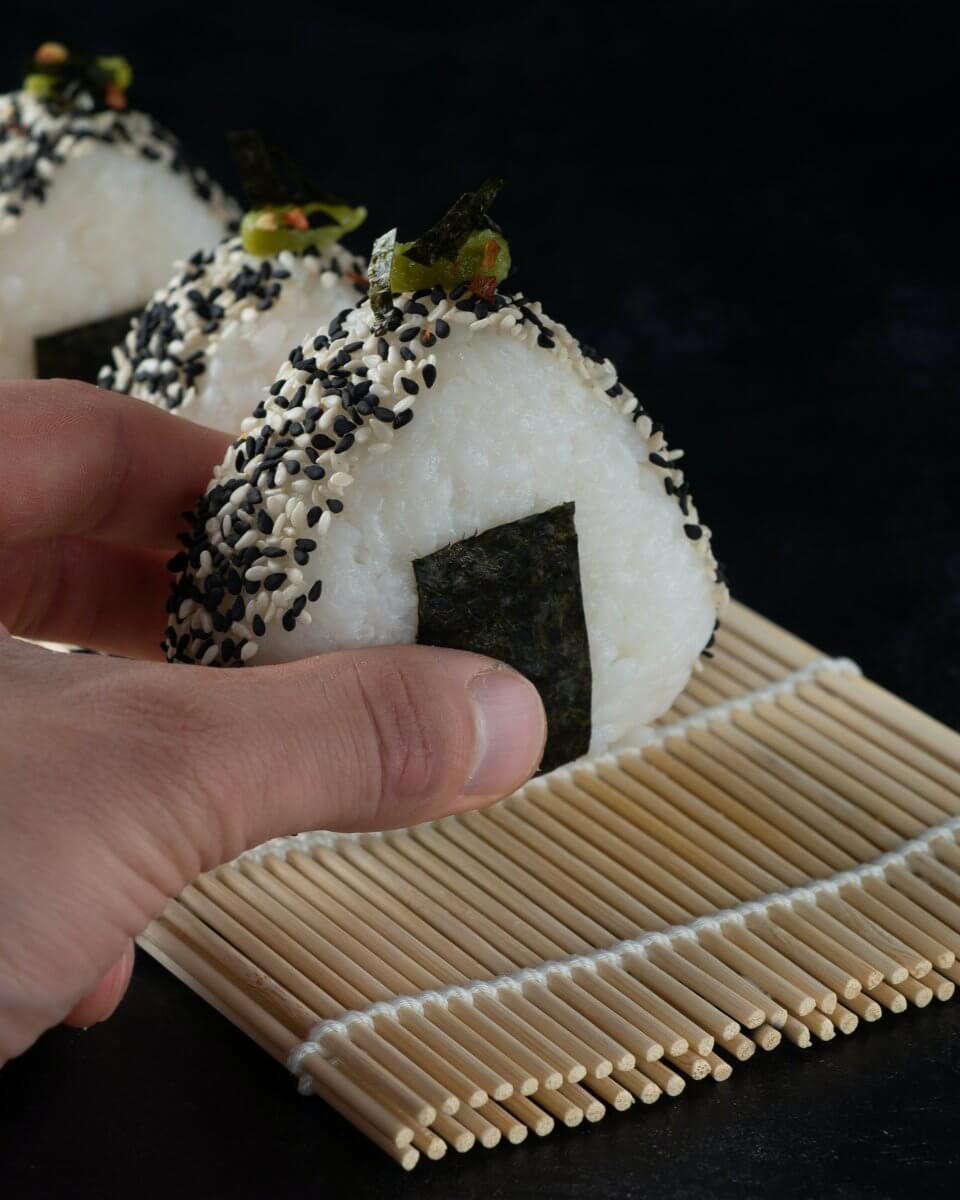
Lettuce as seaweed substitutes
Lettuce leaves can be used as a substitute for seaweed in some dishes, especially in sushi rolls or hand rolls. The flavor and texture of lettuce leaves are quite different from seaweed, but they can still provide a crisp, refreshing element to the dish.
To use lettuce leaves in place of seaweed, you can choose a sturdy lettuce variety such as romaine, butter lettuce, or iceberg. Always use the large outer leaves to wrap the sushi fillings. Simply rinse the lettuce leaves and pat them dry, then lay them flat and place the fillings on top. Roll the lettuce leaves tightly around the filling, tucking in the sides as you go. Then cut the roll into smaller pieces as desired.
One advantage of using lettuce leaves instead of seaweed is that they are readily available in most supermarkets. They are also typically less expensive than seaweed. They also provide a source of vitamins and minerals, which can be beneficial to health.
However, it’s important to note that lettuce leaves can be more delicate than seaweed. This makes them prone to tearing or wilting more easily. They also have a more neutral flavor, so you may want to add additional seasonings or dipping sauces to the dish to enhance the flavors.
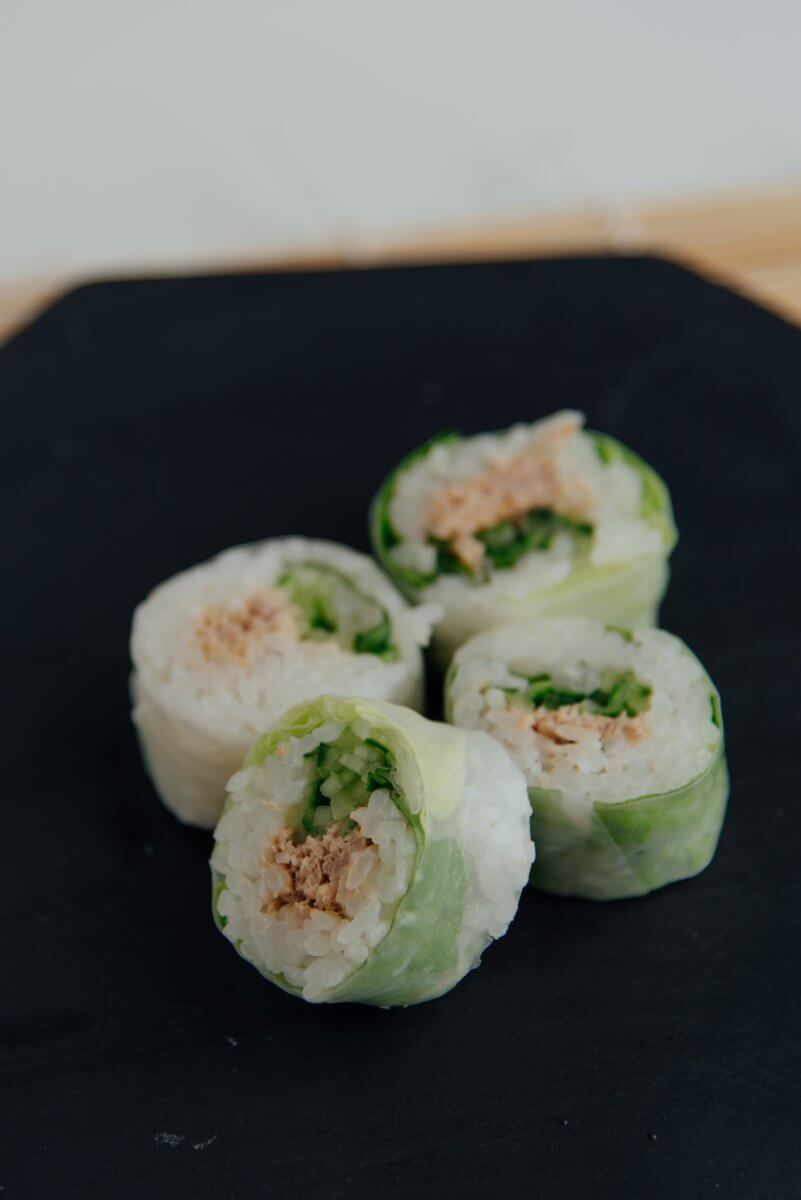
Smoked salmon
Smoked salmon can be used as a substitute for seaweed in some sushi rolls or other dishes, especially if you want to add a salty, smoky flavor to the dish. But remember the texture and flavor of smoked salmon is quite different from seaweed, so it may not work as well in all dishes.
To use smoked salmon as a substitute for seaweed in sushi, you can place a strip of smoked salmon on top of the sushi rice before adding the filling and rolling the sushi. The smoked salmon can also be mixed with cream cheese or other fillings to make a variation of a classic Philadelphia roll.
Smoked salmon can also be used as a topping for salads, sandwiches, or bagels, adding a rich, savory flavor to these dishes. It can be sliced thinly or chopped into small pieces to make it easier to eat.
One thing to keep in mind when using smoked salmon as a substitute is that it can be quite salty. You may therefore want to adjust the seasonings in the dish accordingly. Also, smoked salmon is often high in sodium and may not be suitable for people with certain health conditions. You should therefore consume it in moderation.
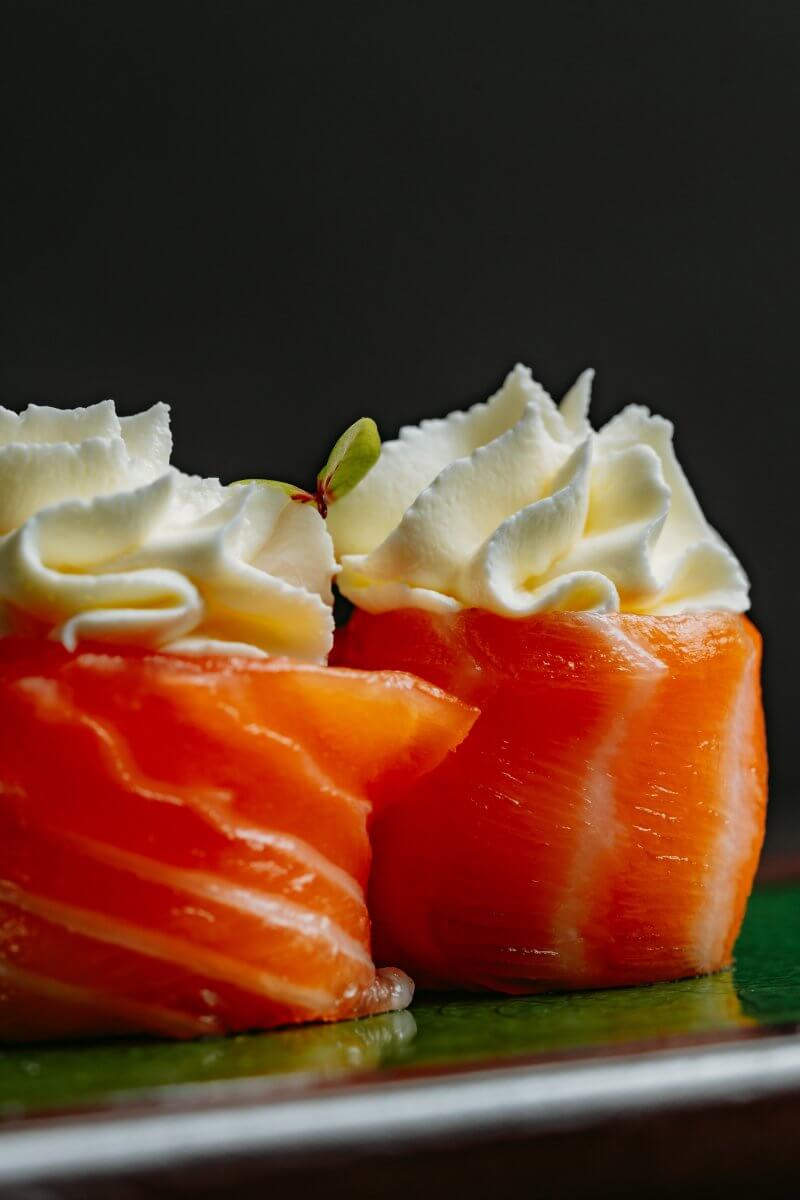
Dried cured ham
Dried cured dried ham, such as prosciutto or serrano ham, is not typically used as a substitute for seaweed in sushi or other dishes. However we have included it as we feel it can be used as an easy alternative. Remember to use dried cured ham to ensure there is no excess liquid which could make the dish soggy.
To use dried cured ham as a substitute for seaweed simply layer thin strips of ham with rice, vegetables and your choice of fillings. Then roll tightly and skewer if necessary.
Seaweed provides a unique texture and flavor that cannot be easily replicated by other ingredients. Also cured ham is not a common ingredient in Japanese cuisine. But give it a go and see what you think.

Summary for seaweed substitutes
Okay – that’s you all sorted with suitable seaweed substitutes.
There are a good range of shop-bought alternatives to use if you run out of seaweed.
The seaweed substitutes listed above will all provide you with an alternative if you run out of seaweed. Which one will you choose?
And remember if you’re looking to replace seaweed in a recipe, you’ll need to consider what role the seaweed is playing in the recipe and choose a suitable replacement that provides similar benefits.
We have gathered together a lot more facts on ingredients such as herbs, spices, oils, nuts, etc. if you would like to learn some more.

